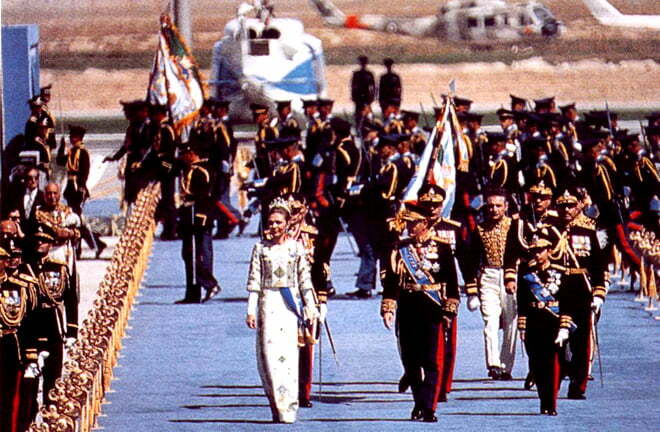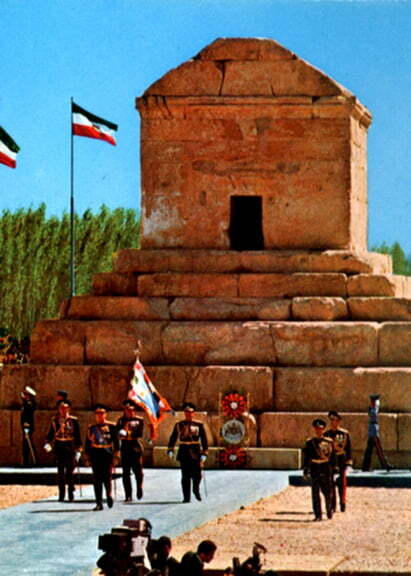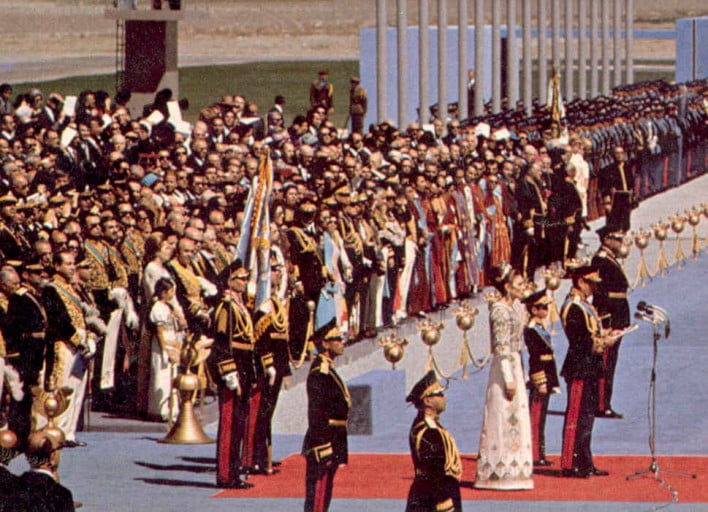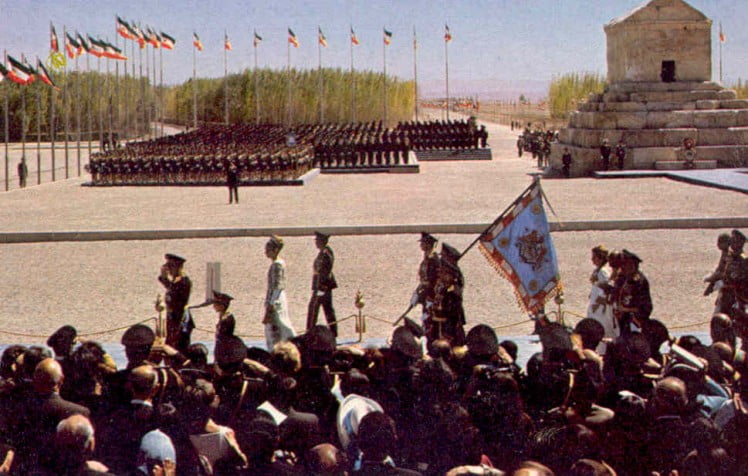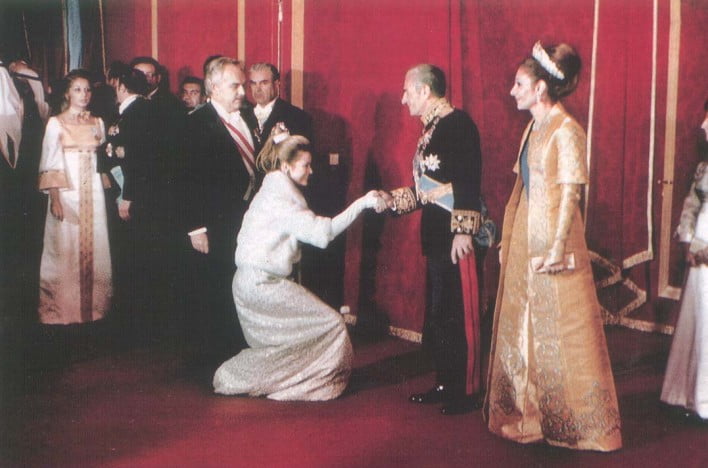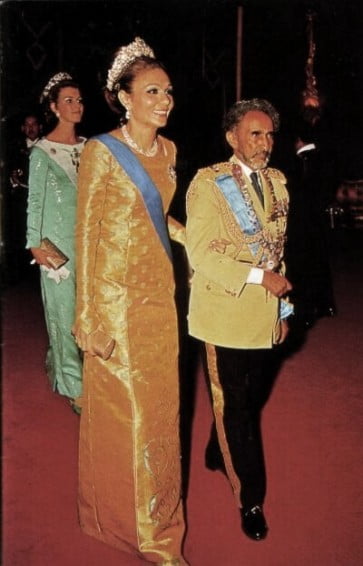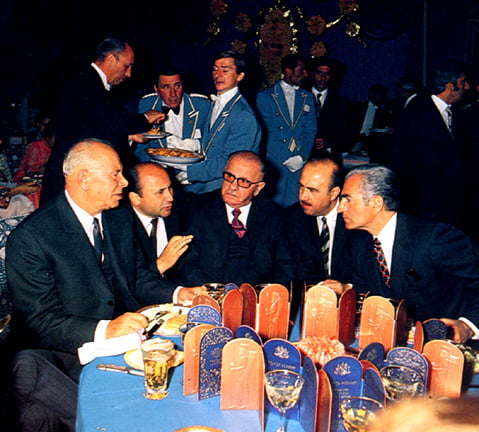Who was Cyrus the Great?
Cyrus II, renowned as Cyrus the Great, was born around 585 in either Media or Persis, and his legacy endured until his death around 529 in Asia. A remarkable conqueror, he established the illustrious Achaemenian Empire, firmly rooted in Persia and encompassing territories such as Media, Ionia, Lydia, Mesopotamia, Syria, and Palestine. Ascending to power through the overthrow of his maternal grandfather, the Medes’ king, Cyrus employed both diplomatic finesse and military might in his conquests.
Elevated to the status of a revered figure in Persian and Greek legends, he was fondly called the “father of his people.” The annals of history depict him as the liberator of captive Jews in Babylon, embodying a sense of tolerance and benevolence towards conquered peoples and diverse religious beliefs. In fact, he is credited with authoring what is considered to be the first declaration of human rights, as evidenced by the renowned “Cyrus cylinder” discovered in Babylon and preserved in the British Museum.
His reign left an indelible mark not only through the vast empire he established but also through the flourishing culture and civilization that thrived long after his demise, lasting for two centuries. The Greeks, including Alexander the Great, were significantly influenced by his legacy. Over time, he garnered almost religious veneration from the Persian populace due to his heroic qualities.
In 1971, during the reign of Shahanshah Mohammad Reza Shah Pahlavi, the Imperial Iran celebrated the momentous 2500th anniversary of Cyrus the Great’s founding of the monarchy. This monumental celebration showcased Iran’s rich historical heritage and its contemporary advancements, accentuating its enduring significance on the world stage.
Read more
- Cyrus the Great by the Encyclopædia Britannica
- Who was Cyrus the Great? by the National Geographic
Years since coronation of Cyrus the Great
Years Persia was under the rule of Cyrus the Great
Years of age when Cyrus the Great was killed
Cyrus the Great
Iranian ruler of the Achaemenid empire; captured the seat of the Neo-Babylonian empire at Babylon in 539 BC; seen as the founder of the Persian Empire, which he organized into satrapies, he is also hailed as an ideal ruler as he allowed the exiled Jews to return to Jerusalem (referred to in the Old Testament Book of Daniel), and he showed tolerance and generosity towards conquered people and other religions. The so-called “Cyrus cylinder”, excavated at Babylon and in the British Museum, consequently has been popularly termed the “first charter of human rights”. Cyrus II was son of Cambyses I (son of Cyrus I), and Princess Mandane, daughter of the Median king Astyages (q.v.). He is the subject of a semi-biographical work, the “Cyropaedia” [“The Education of Cyrus”], by Xenophon. Died on campaign in Central Asia while fighting the Massagetai, a moment described by Herodotus and thus linked to Tomyris, the queen of the Massagetai (q.v.).
The British Museum

2500-year Celebration of the Persian Empire
The 2500-year Celebration of the Persian Empire in 1971 was an extraordinary event, unparalleled in the second half of the 20th century. This grand occasion, held in Persepolis, eloquently showcased Iran’s extensive historical legacy and its modern achievements under the visionary rule of Mohammad Reza Pahlavi, the Shahanshah of Iran. The festivities attracted dignitaries from over 70 countries, honoring the enduring legacy of Cyrus the Great and the greatness of the Persian Empire.

